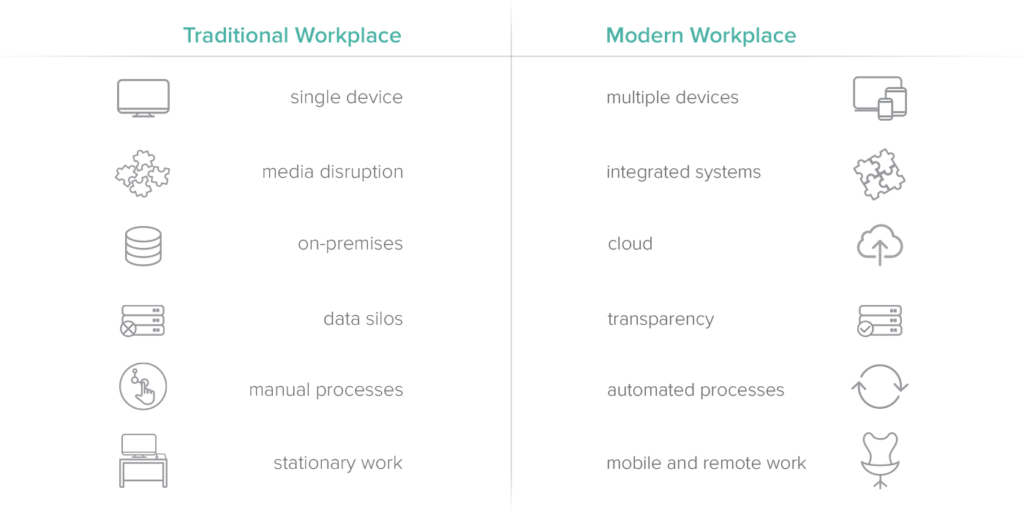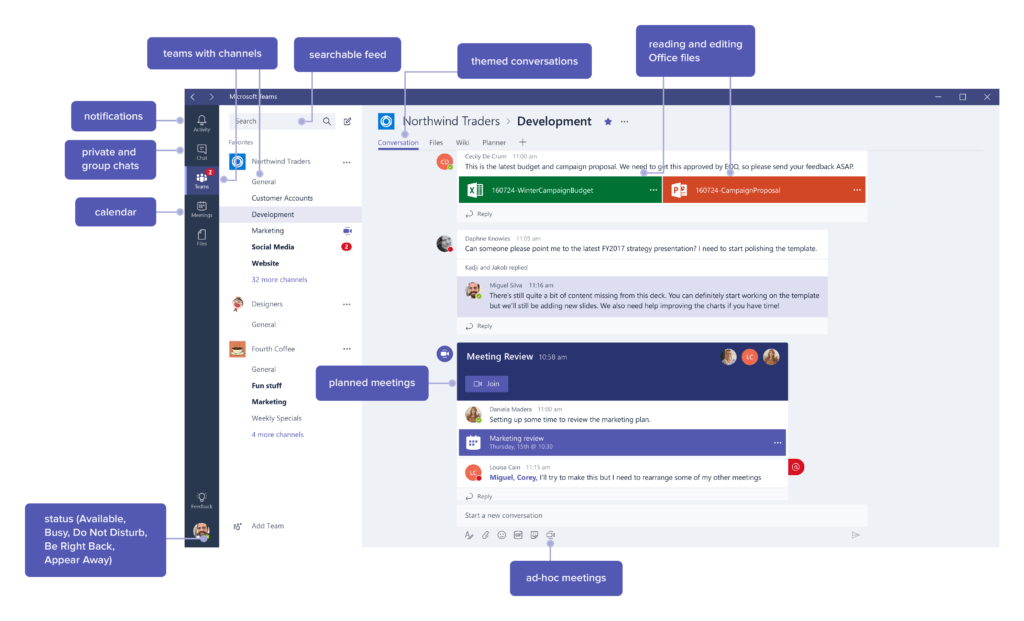
People should be allowed to work from home, and not just in times of crises
When companies started to ask their employees to work from home in March 2020, remote collaboration often proved difficult, especially for less digitalized organizations.
A lot has changed since then: More and more companies implemented digital technologies. Many employers recognized the opportunities of working outside of the office and threw out prejudices of unproductivity and poor collaboration. proMX CEO Peter Linke has long held the opinion that companies should enable their employees to work from home, as he describes in the following article.
On 29 February I sent the first “Corona info mail” to my team, advising them to work from home. Just about three weeks later, the state government here in Bavaria imposed a lockdown.
Right now, our entire staff is working from home and will do so for the foreseeable future, all offices are empty.
While this is not a normal state of affairs for proMX (usually about half our staff is working from home at any given time). However, for us, it was a relatively unspectacular and effortless change. As a digital transformation service provider, we have of course long provided a modern workplace for all of our employees. Equipped with a company laptop, smartphone and cloud software, they are able to work productively from any place.
Many businesses are entering unknown territory
Some other companies were caught off-guard by the government’s request to allow employees to work from home. Many managers still reject the idea to have their staff work remotely. As a consequence, their organizations do not possess the infrastructure or process which enable them to do so. Which is why their employees may be working less productively now than they could be.

“They’ll just work in their sweatpants,” many home office opponents argue. I assume, they do not actually care what employees are wearing. Sweatpants are merely a metaphor for their fear of a nosedive in moral, a plunge in productivity.
Yet both do not depend on where people work from. Instead, factors like personal motivation, proper tools and internal processes come into play. In open plain offices, too, people look at their smartphones, read the news online or scroll through their social media feeds. All this is less a sign of a lack of productivity or discipline but of our decreasing attention spans. (Some even say that executives behave much the same way.)
I believe that generally people work better from home because there are less often disrupted there. And our numbers agree with me: Compared to the previous month, our employees were between 10 and 15% more productive. Hence turnover and profit are up, too.
In this post, I want to tell you about my experiencse as CEO of a company that has established a modern workplace long ago, and I want to explain why I think it is beneficial for busineses, and not only during a time of crisis.
Flexibility for employees, attractiveness for employers
Even if a company enables homeoffice without any limitations it does not follow that nobody will be left working from HQ. Some employees like working from home, others do not. However, all appreciate the option to work from home because it makes organizing their daily lives easier. If they have a doctor’s appointment, builders in or a car that needs to be fixed, their working days do not get upended.
As an employer, a modern workplace allows proMX to cas the net wider in the search for new talent. Employees do not have to live in Nuremberg or one of our other locations. This not only saves them a lot of time otherwise spent on commuting, it is also keeps them healthier.
Speaking of health, COVID-19 is on all of our minds at the moment but the flu is contagious, too. Being able to work from home avoids sickly employees dragging themselves to the office, getting worse in the process and potentially infecting others.
Challenges: Availability and fostering a sense of community
Of course there are also some hurdles when employees work very far away from one another.
For productivity does not depend on the individual alone but on the collective, and work has a social aspect, too. How can you establish and maintain a personal relationship with people you seldom or never see in person?
Until a few years ago, this definitely was the biggest challenge regarding homeoffice. While we had phones, e-mail and chats, there was no proper collaboration platform, like the one Microsoft has created with Teams.

Teams is a popular tool in our company. Not only because it simplifies team- and project-specific collaboration. But also, because it takes into account the social component of working in a team. With likes, emojis, memes and groups chats, Teams fosters a sense of community and replicates sharing an office in the digital world.
Another difficulty can be the availability of colleagues. You cannot just stop by their office and have a look whether they are free to have a discussion. If you employ field staff, you may have trouble ascertaining whether they may be disturbed or are currently meeting with a customer.
It is therefore very critical that everybody update and maintain their Office calendars and Team status diligently. That way you can work efficiently with each other and react quickly if there is a need for discussion. Management should issue clear instructions about this.
My advice: Video chats and regular meetings
My staff is not always happy when I ask them to turn on their cameras in Teams calls and meetings. However, they increasingly recognize that talking face-to-face is often preferrable to merely hearing somebody’s voice.
Particularly in calls with third partys, such as an initial call with a customer, it is very helpful to see your counterpart’s facial expressions and gestures. It also reduces the risk of when speaking in a foreign language.
I also recommend that teams take the time to regularly discuss the status of their projects. Our marketing team, which works from several different locations, does so in their daily 15-minut scrum call.
This is also the reason why besides having on-site staff meetings, we regularly schedule virtual all hands meetings. These ensure that every employee can take part.
Modern work is to react in an agile manner
The business that will not survive the corona crisis are not necessarily the ones that were not modern enough to let their employees work from home. Too many factors play into this exceptional situation. Yet organizations that were able to react flexibly to this crisis, that could ensure their productivity, will surely have an advantage.
None of us expected a global pandemic. Covid-19 is a state of emergency that hopefully will not happen again in our lifetimes. It has shown us, however, that we must be prepared for anything. We simply do not now what the future will hold.
Will you continue to allow your employees to work from home after this crisis? Do you disagree with my thoughts on remote work? I am happy to discuss this topic with you and share my experiences in a more detailed way. Feel free to contact me!













